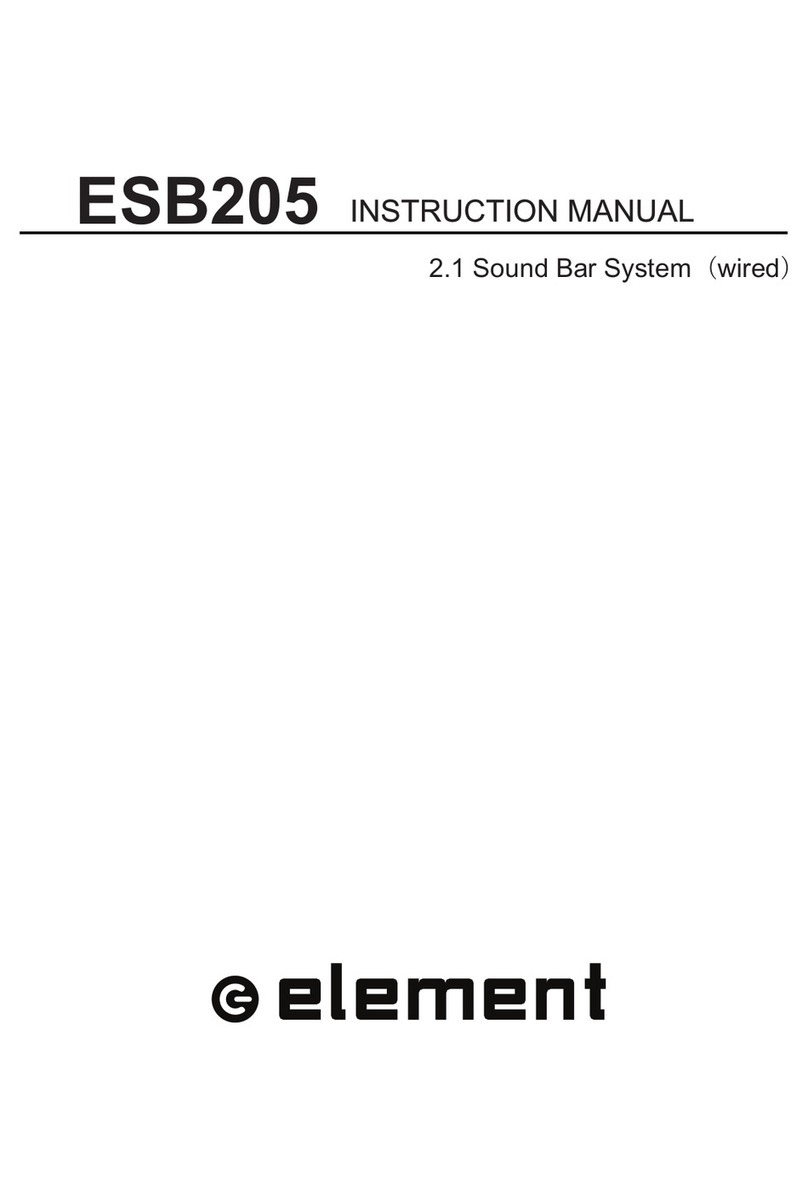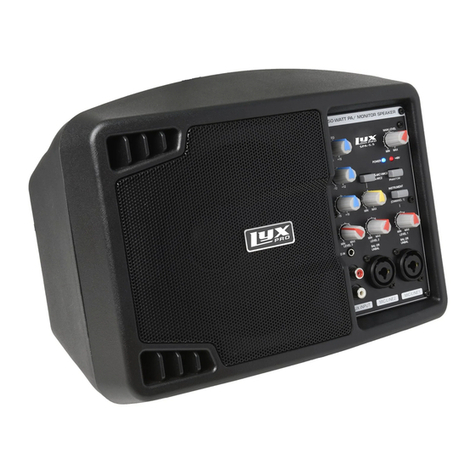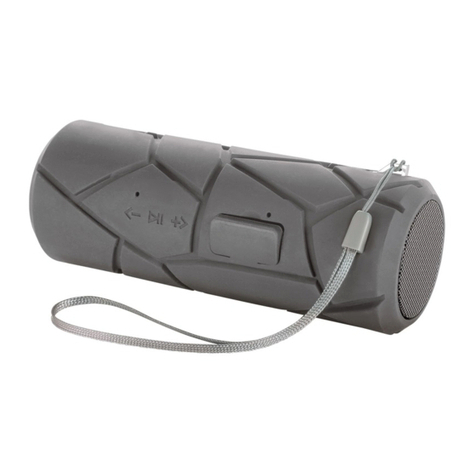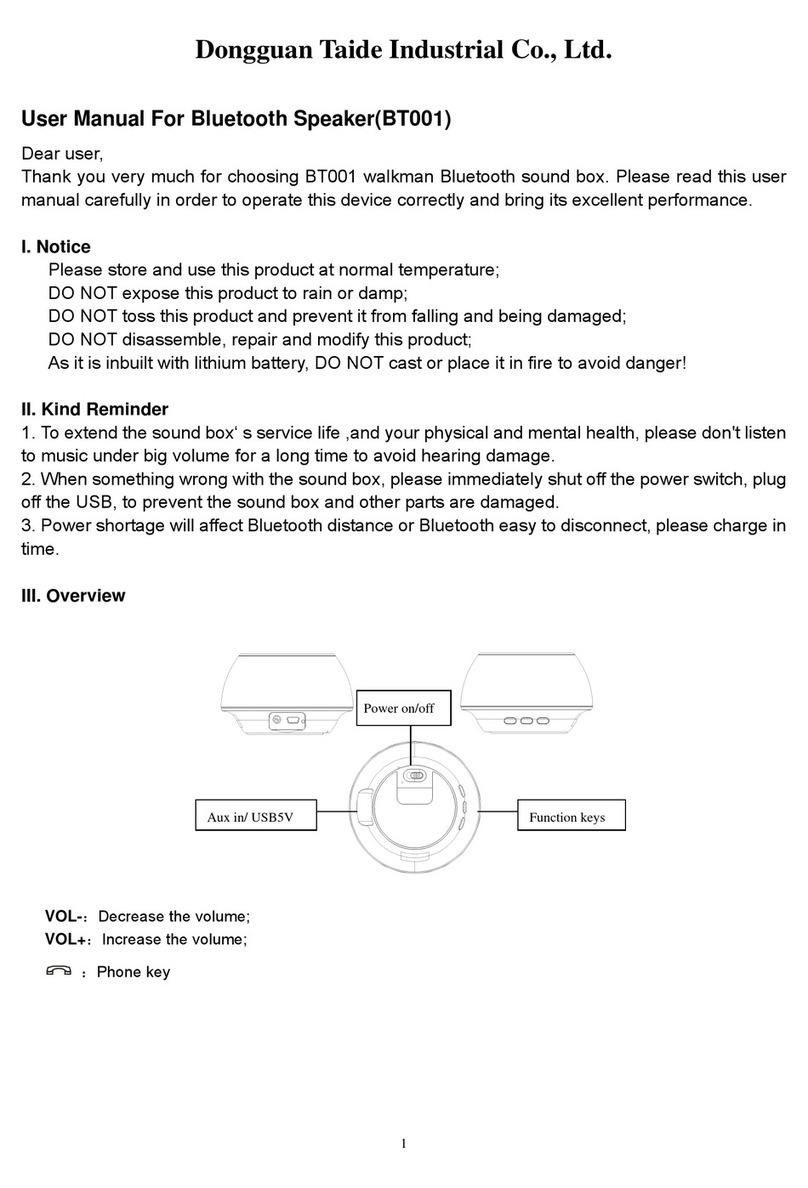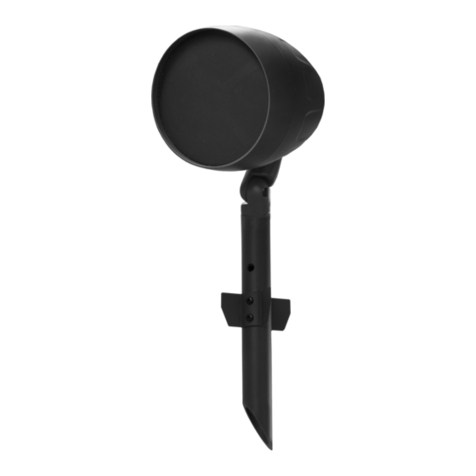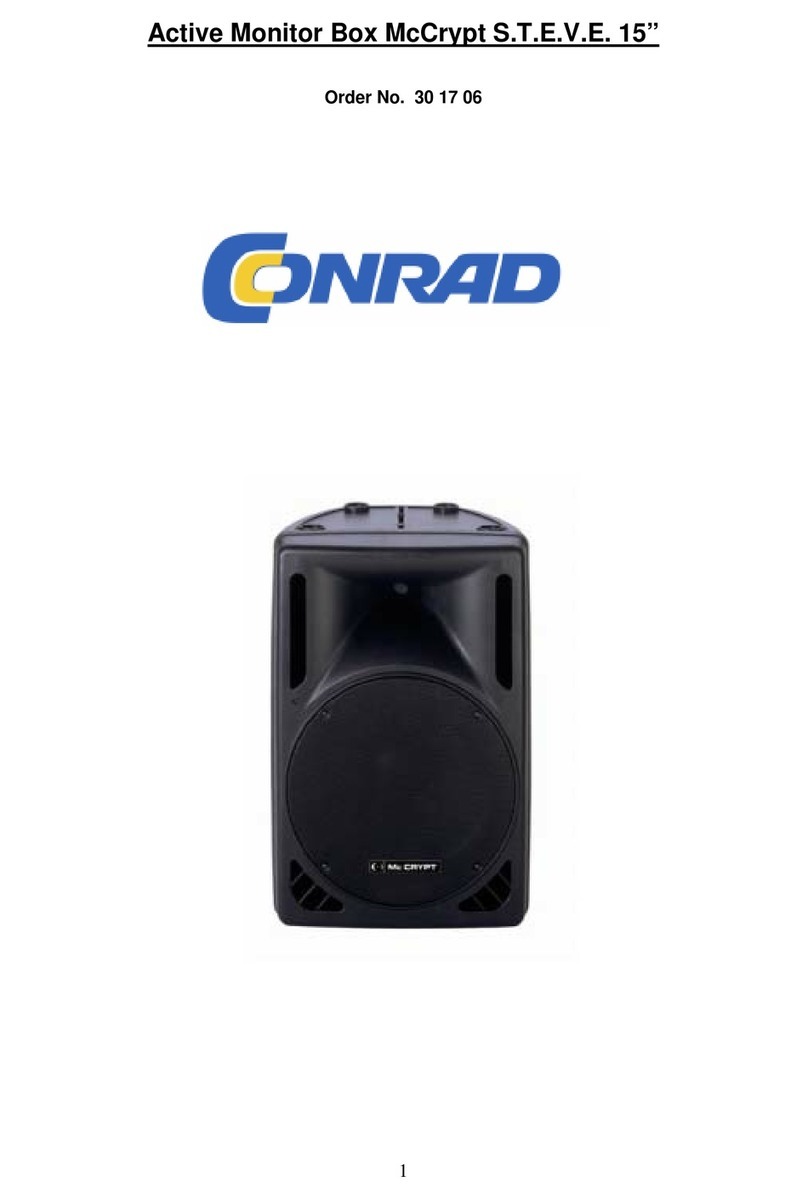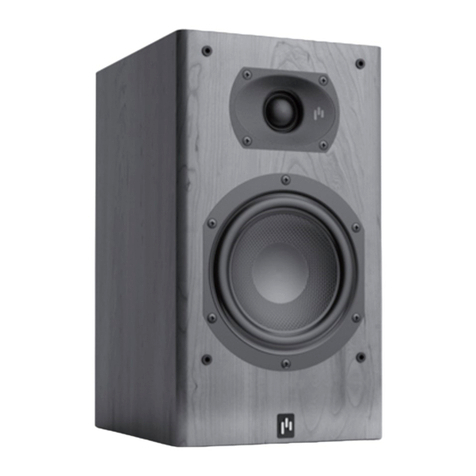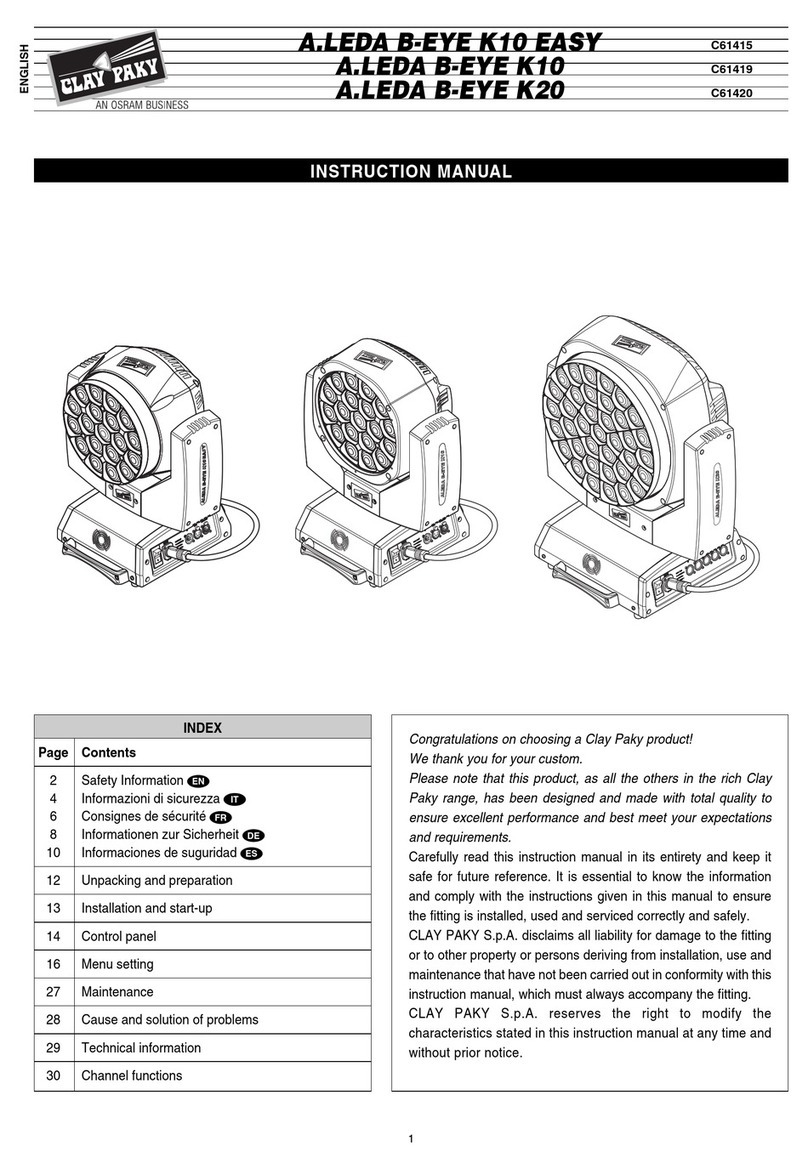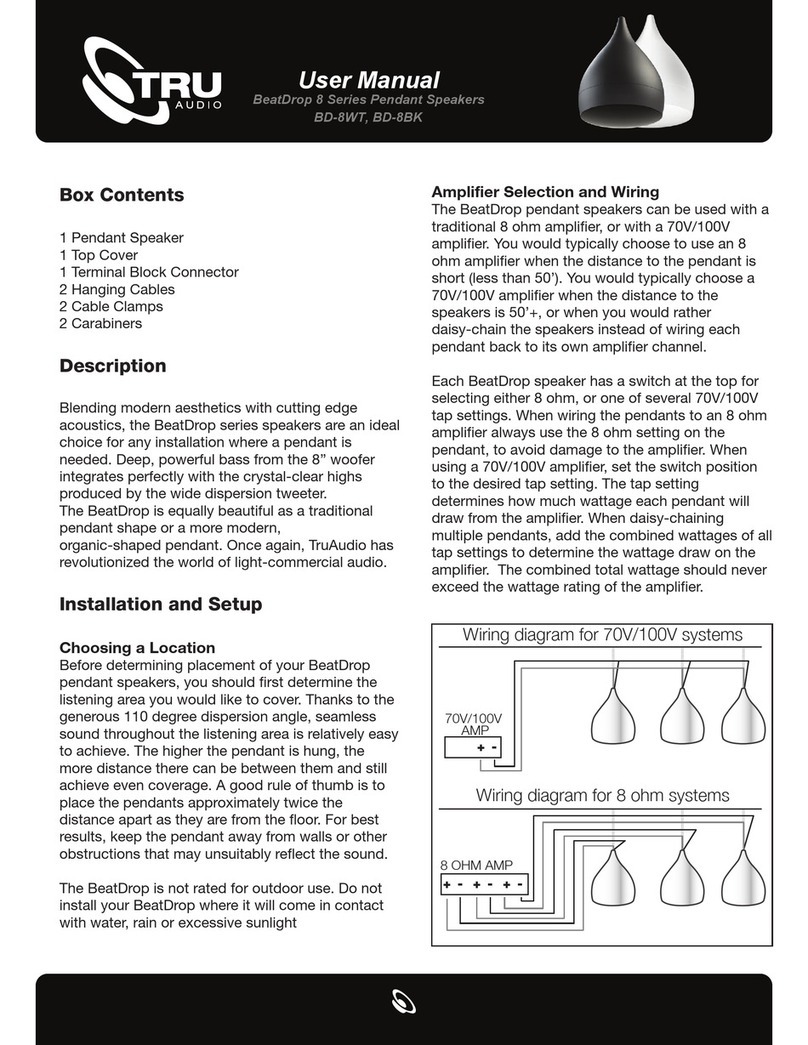Element EIC6 Operating instructions

INSTALLATION/OWNER'S MANUAL
EIC6 / EIW6
In-Ceiling / In-Wall Loudspeakers

2
EIC6 / EIW6 INTRODUCTION
These Element speakers were designed and manufactured
to deliver refined music reproduction and vivid home
theater excitement. Please take a moment to read this
manual before installing the speakers. The information
provided will help obtain optimal performance.
Proof of purchase is required for warranty service. Please
keep the original sales receipt showing the date of purchase
in the event the product requires service.
Model:
Dealer Name:
Dealer Phone:
Purchase Date:
Note: Keep your original sales receipt or a photo copy with
this installation/owner’s manual.
Introduction
Warranty Coverage
Purchase Record
Introduction

3
EIC6 / EIW6 PLACEMENT
Mounting Considerations
Sound Coverage
Audio Imaging
Element architectural speakers are designed to work within
nearly all interior decorating schemes where in-wall or flush
mounting is feasible.
Wall mounted and ceiling mounted speakers should be
installed away from corners or intersecting walls, and
should be directly adjacent to the listening area. This
placement gives the best audio imaging. Position speakers
symmetrically for best results.
Use this installation option if the speakers are intended to be
used as an intercom-based music system.
Typical ceiling speakers should not be spaced greater then
two times (x2) the ceiling height. Measure from floor to
ceiling and multiply by two.
For example, in a room with an 8-foot ceiling, speakers
should be spaced no more than 16 feet apart. This
placement results in a coverage area of 500 square feet.
# of
Speakers Ceiling
Height
8' 9' 10' 11' 12'
1 250 325 400 485 575
2 500 650 800 970 1150
3 750 975 1200 1450 2300
4 1000 1300 1600 1930 2875
5 1250 1625 2000 2410 3450
6 1500 1950 2400 2890 4025
Note: Refer to the intercom owners’ manual to determine
the correct impedance loading for multiple speakers.
Ceiling or wall speakers can be used as pairs for stereo or
in multiples for 5.1 to 7.1 multi-channel applications. Place
the stereo or front left and right speakers as directionally
balanced as possible to the primary listening area.
Speaker Placement

4
EIC6 / EIW6 PLACEMENT
A common rule is to position the front speakers so the
distance between the listening area and the wall is 1.5 times
the distance between the speakers. However, the speakers
can be further apart to produce a wider sound stage.
In a typical audio/video multi-channel setup, the listening
area is directly facing the video source (TV or Monitor) and
the center channel is on a direct plane with the listener. If
the listener is 15 feet away from that video source, the left
and right speakers should be 22.5 feet apart (15’x1.5).
Speaker imaging decreases rapidly the further the listener
is from the speakers. An equidistant speaker arrangement
for multi-channel installation produces the best results.
Position the listener in the middle of the sound stage with
speakers positioned at equal distances.
• Placing speakers close to the audio source (maximum 30
feet) produces the best audio results. If a longer connection
is needed, increase wire size to 12 or 14 gauge.
• Speakers should not be installed closer then 3’ from
adjacent or intersecting walls.
• When placing speakers, the front of the speakers should
be free from such obstructions as furniture or built-in
architectural features.
• High and midrange frequencies will be absorbed by fabric,
carpet, curtains and soft furnishings.
• Walls and hard floors will reflect sound waves.
Audio Imaging
Placement Tips
Speaker Placement
Listener
Equidistant
Example

5
EIC6 / EIW6 INSTALLATION
Installation Tips
Determining Polarity
Note: Do not attempt to connect the speakers to any source,
amplifier or receiver that is powered on. Be sure to turn all
components off prior to connecting the speakers.
• Adhere to all electrical and building code requirements.
• A minimum mounting depth of 4” (measured from the face
of the wall or ceiling) is needed for proper clearance.
• Speakers can be placed beside studs or other interior wall
items, avoiding pipes, machinery and high amperage wiring.
• The speakers use the wall cavity as the enclosure. It is not
necessary to install an enclosure unless required to do so by
local electrical or fire regulations.
• Mounting tab brackets incorporated into the speakers can
accommodate sheet rock or wall board thicknesses of 1/2”
to 1-3/8”. Spacers or longer screws can be used on thinner
or thicker surfaces.
• Adding insulation (3” to 4” insulation or damping material)
behind the speaker will improve sound quality.
• Parallel or series wiring is not recommended.
• Speakers should only be connected to receivers with 4-8
ohm amplifier loading.
Always connect speaker wires using the correct polarity.
Speaker wires are marked for polarity consistency so that
you can determine the positive and negative identity of the
individual wires within the molded pair insulation.
Polarity is indicated in one of several ways:
• A color stripe on the insulation
• Ridges molded into one side of the insulation
• Color of the insulation case around the wire
• Color type or colors of the wire itself (copper or silver)
Note: In order to maintain correct polarity, always connect
speaker wire using the positive (+) terminal on the receiver
to the positive (+) wire and the negative (-) terminal on the
receiver to the negative (-) wire.
Speaker Installation

6
EIC6 / EIW6 INSTALLATION
For ceiling mounting, install the speakers in symmetrical
locations. For wall mounting, ensure that speakers are
equidistant from the floor.
Use the enclosed template to determine the correct cut-out
dimensions. Cut the hole or opening using a sheet rock saw,
keyhole saw or other suitable tool. Place the speaker in the
opening to verify a flush fit.
Remove speaker grille to gain access to the screws that
turn the mounting tabs, which are located by turning the
speaker over and pushing on the tab. The corresponding
screw head will protrude, indicating which screws will need
to be turned once the speaker is connected and mounted.
Run wires from the amplifier to the speakers, allowing an
extra 2’ of wire at the cutout location. Strip and twist 1/2” of
insulation off the wires. Wire runs should be hidden in the
wall or ceiling and should not touch the speaker basket,
wrap around the crossover network or hang loosely near a
stud. Vibration may cause poor sound quality.
Insert the speaker into the hole cut in the wall or ceiling,
and center the speaker in the opening. Attach the wires and
secure speaker in a flush position. Turn the screw heads on
the mounting tabs clockwise to tighten the tabs against the
interior surface of the wall or ceiling.
Test the system to ensure all connections are correct.
Adjustable tweeters can be rotated or pivoted to a
maximum of 20 degrees off axis. Do not force the pivots
beyond the limits of the built-in stop positions.
Replace the white grille into the speaker baffle. If a color
other than white is desired, the baffle and grille can be
painted to match any interior. Most indoor paint types
are suitable. Primer can be used when darker colors are
required. Do not paint the inner black baffle or drivers,
as this will affect sound quality and reduce performance
dramatically. When using spray method of painting, mask
the interior baffle to protect the drivers from overspray.
Finalize Mounting
Location
Prepare Opening
Locate Mounting Tabs
Prepare Wiring
Mount Speaker
Test System
Adjust Tweeters
Replace Grille
Speaker Installation

7
EIC6 / EIW6 TROUBLESHOOTING & SPECIFICATIONS
Troubleshooting
EIC6 Specifications
EIW6 Specifications
If obvious distortion is heard from the speakers, immediately
lower the volume level of the receiver. Those sounds often
indicate that either the receiver or the speaker is being over
driven, and damage can result from playing the source
material (music-CDs-DVD-MP3) at high volume levels for
prolonged periods of time.
Avoid turning the bass or treble controls fully up and using
the Loudness button when the volume level is at or above
normal listening levels.
Note: The Loudness button on most receivers is designed
to add depth when the system is being used for background
music or at very low volume.
Distorted or unnatural sound can indicate poor connections,
defective electronics, damaged source material or speaker
failure. If only one of the speakers has poor sound quality,
check the speaker wire and audio connections. If that
doesn’t fix the problem, try putting each speaker in place of
one another (swapping). If the sound remains poor on the
suspect speaker after swapping location and the distortion
moves with the speaker to the new location, the speaker
may be the problem. If the distortion remains in the original
location, the problem is elsewhere in the system.
• 150 Watts Maximum Power Handling
• 100 Watts RMS Power Handling
• 89 dB SPL +/-3dB
• 50 Hz to 20,000 Hz
• 8 ohm Nominal Impedance
• 180 Watts Maximum Power Handling
• 120 Watts RMS Power Handling
• 92 dB SPL +/-3dB
• 45 Hz to 20,000 Hz
• 8 ohm Nominal Impedance
All rights reserved.
Specifications subject to change without notice.
Troubleshooting
Specifications

8
EIC6 / EIW6 WARRANTY
Limited One-Year Warranty
This warranty gives you specific legal rights. You may
also have other rights which vary from state to state.
Element Electronics warrants this product to the
original purchaser to be free from defects in material
and workmanship for a period of one year from the
date of the original purchase.
Element Electronics agrees, at our option, during the
warranty period, to repair any defect in material or
workmanship or to furnish an equal new, renewed or
comparable product (whichever is deemed necessary)
in exchange without charges, subject to verification
of the defect or malfunction and proof of the date of
purchase. Subsequent replacement products are
warranted for the balance of the original warranty
period.
Who is covered? This warranty is extended to the
original retail purchaser for products purchased and
used in the U.S.A.
What is covered? This warranty covers all defects
in material and workmanship in this product. The
following are not covered: installation/removal costs,
damage resulting from accident, misuse, abuse,
neglect, product modification, improper installation,
incorrect line voltage, unauthorized repair or failure
to follow instructions supplied with the product, or
damage occurring during return shipment of the
product.
What to do?
1. Before you call for service, check the
troubleshooting guide in your owner’s manual. A
slight adjustment of any custom controls may save
you a service call.
2. If you require service during the warranty period,
you must carefully pack the product (preferably
in the original package) and ship it by prepaid
transportation with a copy of the original receipt
from the retailer to an authorized service center.
3. Please describe your problem in writing and
include your name, a return UPS shipping address
(P.O. Box not acceptable), and a daytime phone
number with your shipment.
4. For more information and for the location of the
nearest authorized service center please contact
us by one of the following methods:
• Call us toll-free at 1-888-238-8123
Exclusion of Certain Damages: This warranty is
exclusive and in lieu of any and all other warranties,
expressed or implied, including without limitation
the implied warranties of merchantability and fitness
for a particular purpose and any obligation, liability,
right, claim or remedy in contract or tort, whether or
not arising from the company’s negligence, actual or
imputed. No person or representative is authorized
to assume for the company any other liability in
connection with the sale of this product. In no event
shall the company be liable for indirect, incidental or
consequential damages.
Element Electronics
Toll Free: 1-888-238-8123
For service support and warranty information visit www.elementelectronics.com.
©2007 Element Electronics. All rights reserved.
NSA0807-V01
This manual suits for next models
1
Table of contents
Other Element Speakers manuals
Popular Speakers manuals by other brands

PB TEEN
PB TEEN Emily & Meritt Bunny Speaker user manual
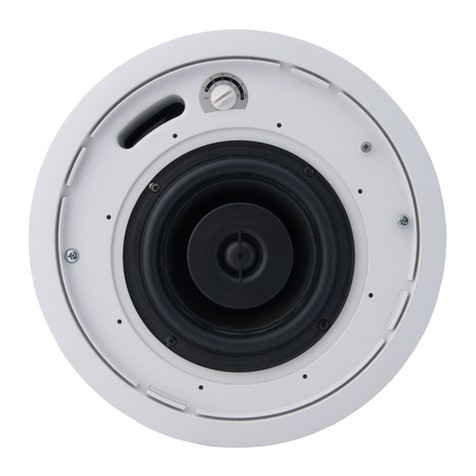
Phase Technologies
Phase Technologies Custom Installation Series Owners manual/install guide
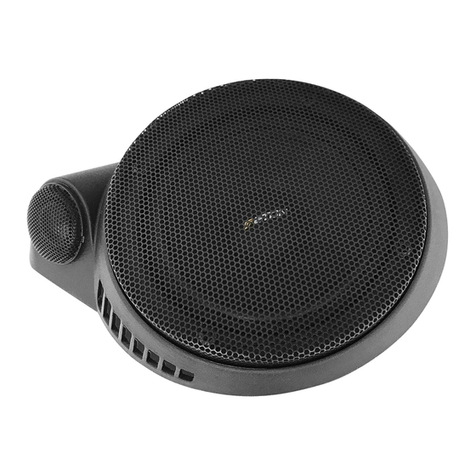
Eton
Eton AG 100.2 installation instructions
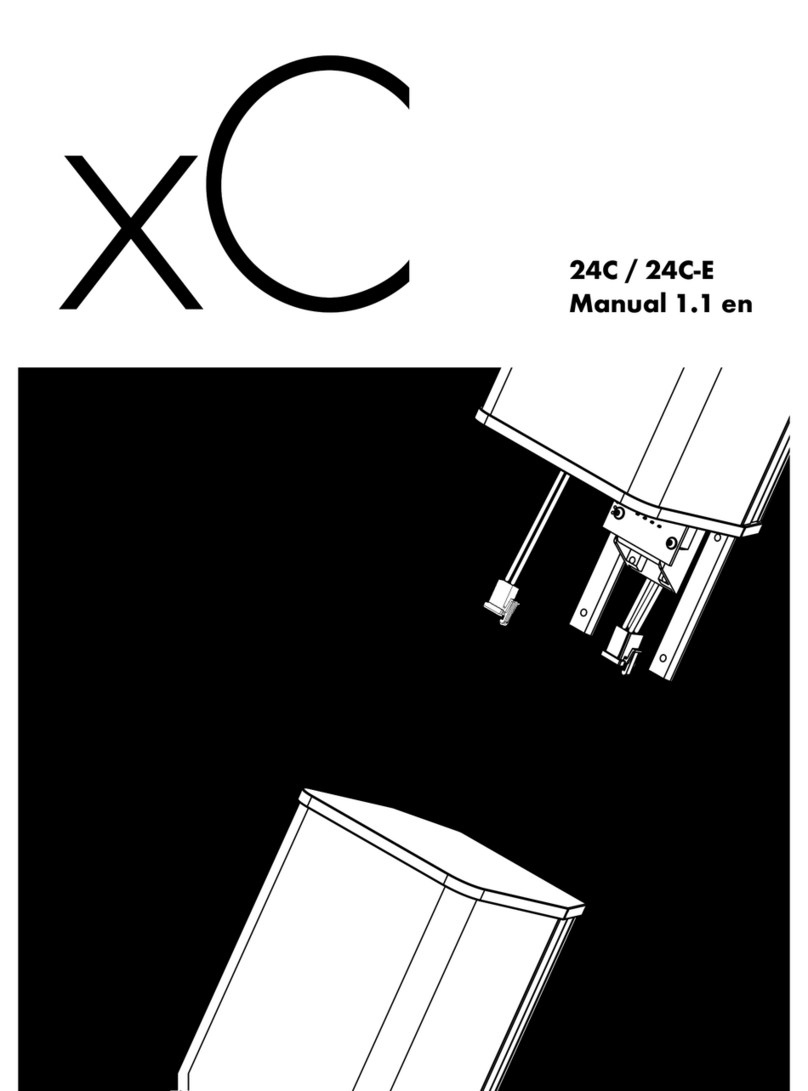
d & b audiotechnik
d & b audiotechnik xC 24C-E manual
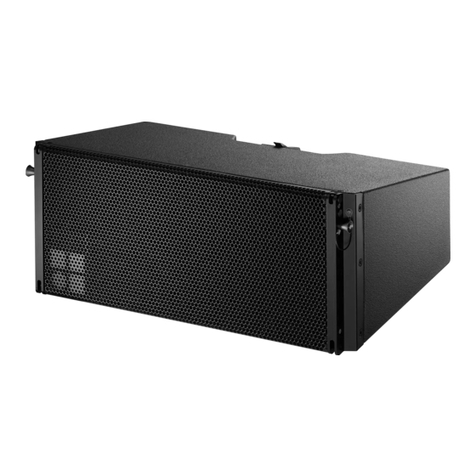
d & b audiotechnik
d & b audiotechnik Yi8 user manual

Swiss+go
Swiss+go LYNX instruction manual

